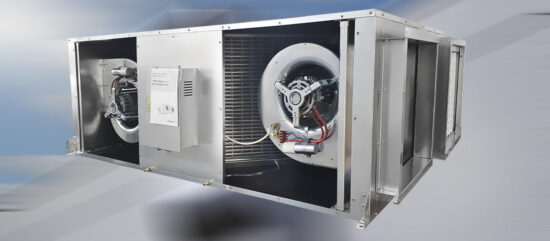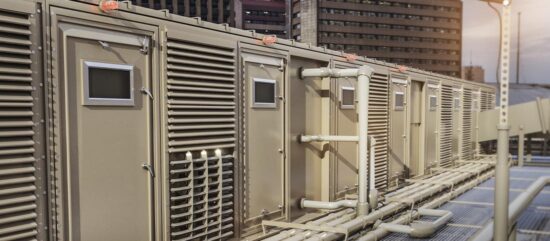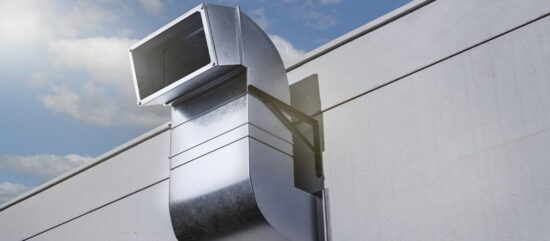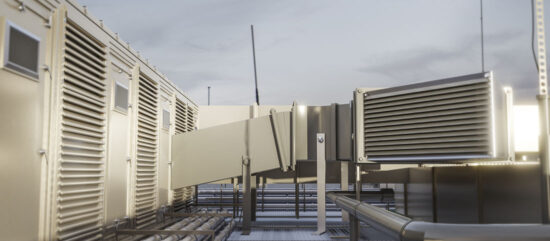Energy Recovery Ventilation
Indoor air can be 2 to 5 times more polluted than outdoor air; therefore, most HVAC system designers understand that increased outdoor air intake generally improves Indoor Air Quality (IAQ). However, there are concerns about the effects of this additional outdoor air supply on the initial cost and operating cost of the HVAC system, as well as its impact on humidity control (too wet or too dry) within the building.
As a result, building designers generally aim to reduce the outdoor air intake to the minimum required for buildings, which is typically equivalent to or even lower than 15 cubic feet per minute (cfm) of outdoor air per person, as prescribed by authorities. In many locations, achieving these targets can be easily accomplished by applying basic engineering principles and readily available HVAC equipment.
The initial cost, energy expenses, and humidity control do not have to contradict good Indoor Air Quality (IAQ). Energy recovery ventilation equipment can maintain the IAQ benefits of 15 cfm per person of outdoor air intake while reducing the adverse effects of outdoor air to as low as 5 cfm per person. This approach has been proven in many buildings across various regions to offer significant operational cost savings and IAQ advantages, while roughly equating the initial cost of advanced HVAC systems with traditional systems.
Outside Air Amount
Classrooms and other school areas should be ventilated to remove odors and other pollutants.
If outdoor air is supplied through a mechanical system, a minimum of 15 cubic feet per minute (cfm) of outdoor air per occupant should be provided. For example, a room with 30 people would require a minimum of 15 x 30 = 450 cfm of outdoor air.
In areas with highly variable occupancy such as gyms, auditoriums, and multipurpose spaces, Demand Controlled Ventilation (DCV) systems can be used to adjust the outdoor air ventilation based on the number of occupants. One technique to achieve this is to install carbon dioxide (CO2) sensors that measure concentrations and adjust the volume of outdoor air accordingly.
If an auditorium fills up for a school assembly, CO2 concentrations will increase, signaling the HVAC system to increase outdoor air volumes accordingly. When areas served by an air handling unit (AHU) have highly variable occupancy rates, this type of control can provide both energy savings and help control moisture (and mold) by reducing the amount of humid outdoor air when ventilation is not needed. CO2 and other sensors should be calibrated and maintained periodically.






